Apple

The images, shared by the Apple leaker and prototype collector known as "Kosutami," claim to show first-generation AirPods prototypes with pink and yellow exterior casings. The interior of the charging case and the earbuds themselves remain white.
They seem close to some of the color options offered for the iPhone 5c, which came in blue, green, pink, yellow and white. Apple has only ever released AirPods in white.
Christmas post Abandoned iPhone 5c colored AirPods 1st gen prototype. #appleinternal pic.twitter.com/Y2wzZTxgLC
— Kosutami (@Kosutami_Ito) December 24, 2025
In 2023, Kosutami shared images of AirPods in pink. Apple apparently developed five different color options for AirPods to approximately match the iPhone 7, but decided not to move forward with the idea.
Some users have sought after AirPods in different color options for several years. While Apple was seemingly only ever considering offering the charging case in different color ways, it is interesting to know that the company got as far as prototyping distinct color options for the device to match various iPhone models. Today, the AirPods Max are the only AirPods to have been offered in different color options.
Kosutami previously shared images of various Apple prototypes, including all-black Vision Pro parts, an earlier version of the MagSafe charging puck, FineWoven Apple Watch bands, a functional AirPower charging mat, an unreleased "Magic Charger" accessory, and more.
This article, "Apple Tested AirPods in Bright Colors" first appeared on MacRumors.com
Discuss this article in our forums

iOS 26.3 will be bringing some new features, particularly for users in the EU, so we'll look for additional betas and eventually a public release once the new year rolls around, and read on below for all the details on these stories and more!
Top Stories
Why Apple's Foldable iPhone May Be Smaller Than Expected
Apple's first foldable iPhone, rumored for release next year, may turn out to be smaller than most people imagine, if a recent report and new mockups are anything to go by.
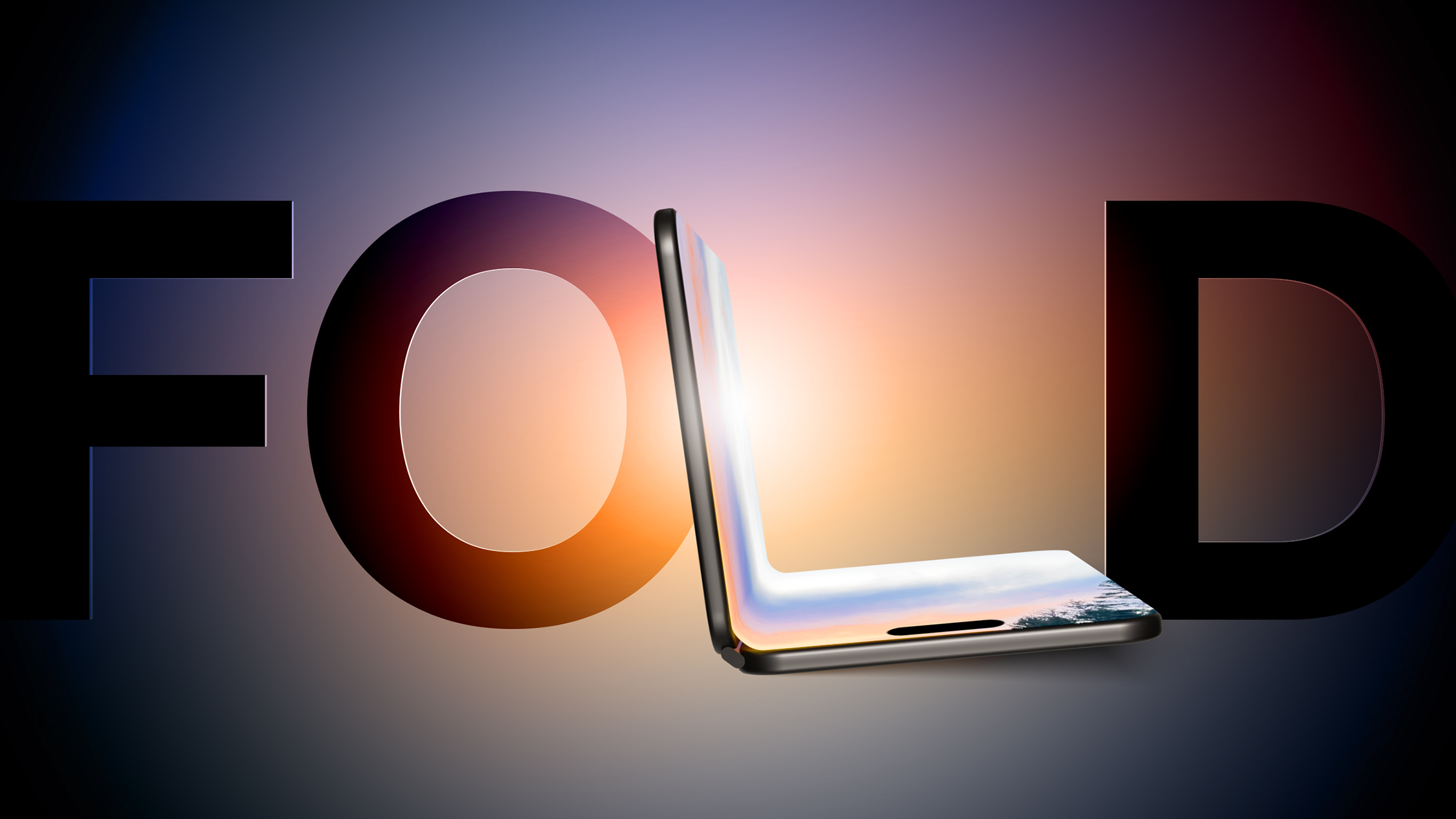
Based on The Information's recent report that the foldable iPhone will feature a 5.3-inch external display and a 7.7-inch internal display when unfolded, designer Ben Geskin mocked up a physical representation of what such a device might look like in the hand, and it's actually remarkably compact with a form factor very similar to a passport book.
Apple is reportedly still testing next-generation ultra-thin flexible glass for the device's interior display, seeking to find the best solution to make the crease down the middle essentially invisible.
Where's the New Apple TV?
Apple hasn't updated the Apple TV 4K since 2022, and 2025 was supposed to be the year that we got a refresh. There were rumors suggesting Apple would release the new Apple TV before the end of 2025, but it's clear that's not going to happen now.

It's not clear what happened, but it's possible Apple decided to hold all home-related product announcements until spring 2026, when the smarter, more capable version of Siri will be ready in iOS 26.4.
In the meantime, check out our video recapping what we might see in the next-generation Apple TV.
Turn Off the User Profiles Screen on Apple TV 4K
Some current Apple TV users have been annoyed by the new profile selection screen that appears every time you wake the device. While it's a handy feature for multi-user households, there are plenty of households that want to use their Apple TVs under only a single profile, so the selection screen is simply a nuisance.
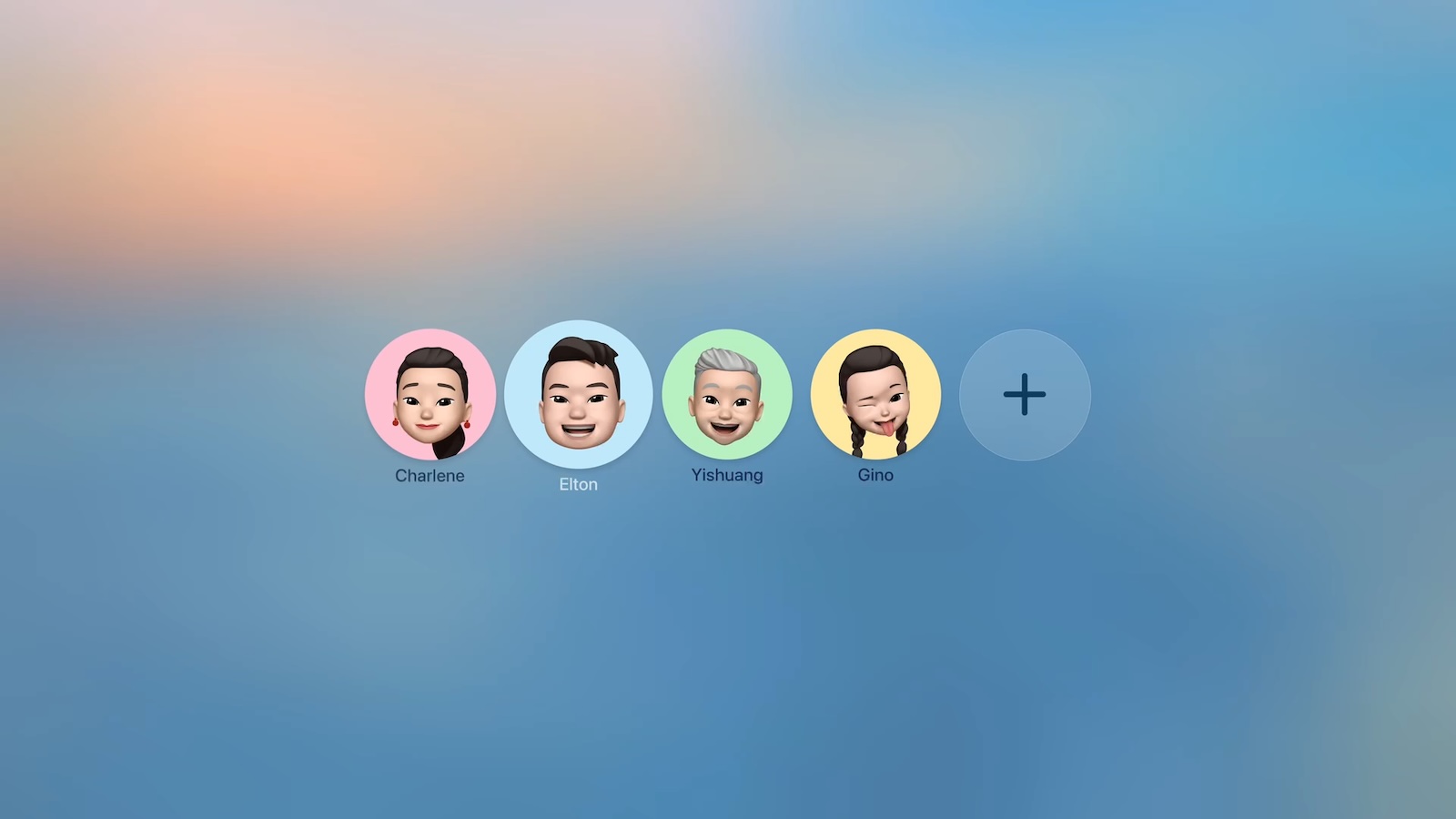
Fortunately, there's a relatively easy way to turn off the profile selection screen if you know to look for it.
iOS 26.3 Brings AirPods-Like Pairing to Third-Party Devices in EU Under DMA
Apple is continuing to increase interoperability support in its products for users in the European Union due to the Digital Markets Act, and the EU is once again crediting the DMA for new expansions coming in iOS 26.3.

Third-party devices like earbuds will be able to seamlessly pair with iOS devices similar to how AirPods and Beats products already work, by simply bringing the accessory close to the device to bring up a simple one-step pairing process.
Users in the EU will also see expanded notifications support for third-party accessories like smartwatches, allowing users to view and interact with incoming iOS notifications on a third-party device as they can already do on an Apple Watch.
Apple Hit With Supersized Fine in Italy Over an iPhone Privacy Feature
Italy's Competition Authority (AGCM) has imposed a €98.6 million ($116 million) fine on Apple over its App Tracking Transparency feature.
Since the release of iOS 14.5 in April 2021, Apple has required apps to ask for permission before tracking a user's activity across other apps and websites for personalized advertising, as part of a feature named App Tracking Transparency. If a user selects the "Ask App Not to Track" option, the app is unable to access the device's advertising identifier.
In a press release and executive summary this week, the AGCM said the App Tracking Transparency rules are "disproportionate," and "harmful" to app developers and advertisers. Ultimately, it found that Apple abused its dominant position in the EU market.
iPhone 18 Trial Production to Start in February Ahead of Spring 2027 Launch
Apple is reportedly already preparing to begin trial production of the iPhone 18 series after Chinese New Year, according to Weibo-based leaker Fixed Focus Digital.
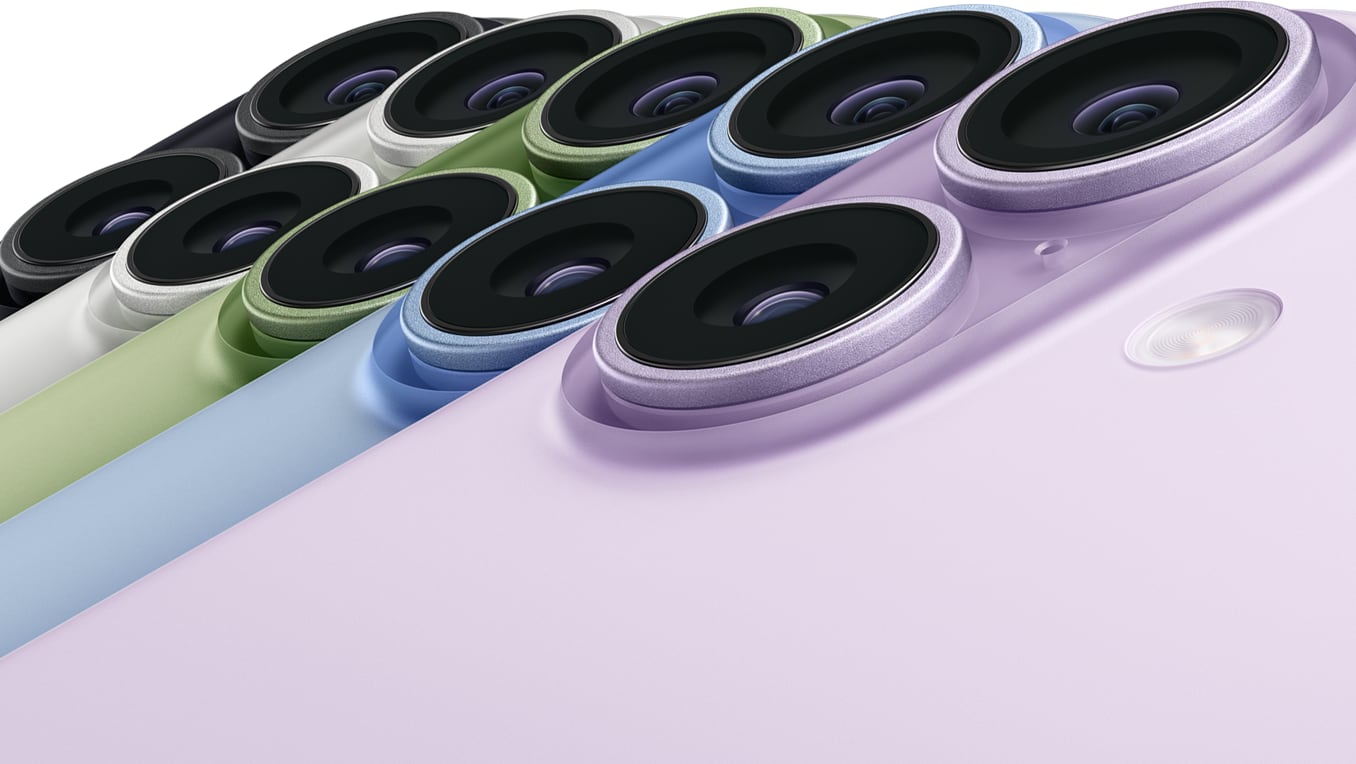
The claim suggests small-scale manufacturing runs will start once factories return to normal operations following the Lunar New Year shutdown, which typically ends in late February.
The Chinese leaker claims that production lines for the iPhone 18 Pro models have already been set up, indicating that the Pro hardware design has already been locked in. Multiple sources have reported that Apple will move to a split-release strategy, with the Pro and Fold models debuting in the usual fall time frame while the standard iPhone 18 won't be released until spring 2027 alongside an iPhone 18e and potentially an iPhone Air 2.
MacRumors Newsletter
Each week, we publish an email newsletter like this highlighting the top Apple stories, making it a great way to get a bite-sized recap of the week hitting all of the major topics we've covered and tying together related stories for a big-picture view.
So if you want to have top stories like the above recap delivered to your email inbox each week, subscribe to our newsletter!
This article, "Top Stories: iPhone Fold Mockup, Where's the New Apple TV?, and More" first appeared on MacRumors.com
Discuss this article in our forums

MacRumors has put together the following series of iPhone 17 how-to articles explaining all the new features that can be found on Apple's newest models.
All iPhone 17 Models (Incl. iPhone Air)
- Dynamic Island Explained: What It Does and How to Use It
- iPhone 17 Camera Control: Everything You Need to Know
- Action Button: What It Does and How to Customize It
- How to Use the New Center Stage Front Camera
- How to Rotate the Front Camera Without Changing iPhone Orientation
- How to Disable Center Stage Front Camera Auto-Zoom
- How to Disable Center Stage Front Camera Auto-Rotate
- How to Enable Dual Capture Video Recording
- How to Disable Adaptive Power Mode (On by Default)
- How to Hard Reset or Force Restart All iPhone 17 Models
iPhone 17 Pro and iPhone 17 Pro Max
iOS 26
- Ultimate iOS 26 Walkthrough: Guides and How Tos for Every New Feature
- Tone Down Apple's New Liquid Glass Design for Improved Legibility
- iOS 26 Setup Guide: 10 Things You Should Do First
- Tint App Icons to Match Your New iPhone 17 Color
- Tint App Icons to Match Your iPhone's Case Color
- iOS 26: All the New iPhone Lock Screen Customizations
- All the New iPhone Ringtones in iOS 26
- iOS 26 Camera App: New Features and Design Changes
This article, "Got a New iPhone 17? How to Use All the New Features" first appeared on MacRumors.com
Discuss this article in our forums
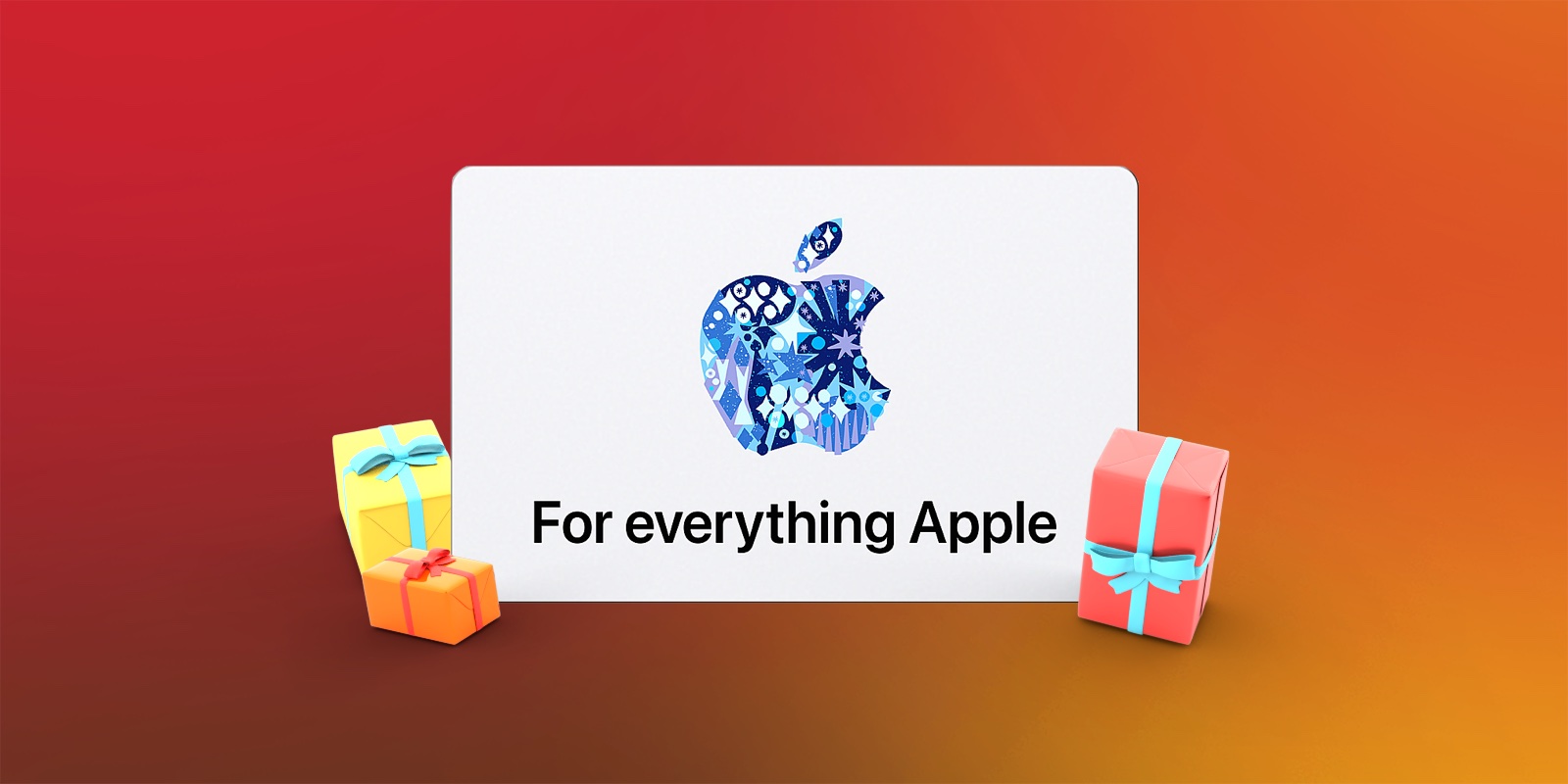
After redeeming an Apple Gift Card, the value is added to the Apple Account balance and automatically applies at checkout when making eligible purchases. It can be spent on a wide range of Apple products, services, and digital content.
Apple Gift Cards are marketed as a single, flexible balance that works across Apple's ecosystem, but there are clear limits on what they can and cannot be used for once redeemed to an Apple Account.
What Apple Gift Cards Can Be Used For
- Purchasing Apple hardware and accessories on apple.com, in the Apple Store app, or in an Apple retail store.
- Using the balance toward Apple hardware when checking out, with any remaining cost paid using another payment method.
- Buying apps and games on the App Store, including in-app purchases.
- Paying for digital media, including movies, TV shows, and books through Apple's digital storefronts.
- Covering subscriptions to Apple services such as Apple Music, Apple TV+, Apple Arcade, and iCloud+ storage, as well as eligible third-party app subscriptions billed through the App Store.
What Apple Gift Cards Can't Be Used For
- Making purchases outside Apple's ecosystem, such as goods or services from non-Apple retailers.
- Starting certain recurring payments, such as AppleCare+ plans, without an additional credit or debit card on file.
- Redeeming or using balances across different countries or regions, as gift cards are typically region-locked.
- Transferring to or purchasing other gift cards.
- Exchanging for cash or cash equivalents.
While Apple Gift Cards are intentionally designed to be more versatile than older App Store or Apple Store–only gift cards, they still come with some limits. For users, the key distinction is that Apple Gift Cards work best for Apple-direct purchases and subscriptions, but they can't replace a traditional payment method for gifting or non-Apple spending.
This article, "What You Can (and Can't) Use an Apple Gift Card For" first appeared on MacRumors.com
Discuss this article in our forums
Amidst the Christmas news slowdown, we can all look forward to 2026 which promises to bring more new Apple Silicon-powered Macs…
The post Merry Christmas and Happy Holidays from MacDailyNews! appeared first on MacDailyNews.
Apple has reached a settlement with Brazil regulators that will require the company to open its iOS ecosystem to third-party app stores and…
The post Apple agrees to allow third-party app stores on iOS in Brazil following antitrust settlement appeared first on MacDailyNews.
- Alt-Tab (Free) - Alt-Tab brings a Windows-style alt + tab thumbnail preview option to the Mac. You can see a full window preview of open apps and app windows.
- One Thing (Free) - One Thing is a super simple menu bar app that helps you remember the one main thing that you need to accomplish. Whatever you type in will show up in your menu bar so it's front and center. Text and colors are customizable, and you can use emoji.
- Launchy (Free, $6.99 Pro upgrade) - Launchy is a customizable app launcher and switcher with a radial menu interface that you can use to launch and switch between your seven favorite apps.
- Folder Preview ($2.99) - Folder Preview lets you see what's inside a folder or a zip file by pressing the spacebar in Finder.
- Command X ($4) - Command X brings the Windows cut and paste workflow to Mac. You can use Command X and Command V keyboard shortcuts to cut and paste folders in the Finder app.
- ImageOptim (Free) - ImageOptim uses quality preserving compression to reduce image file size, plus it removes private EXIF metadata, thumbnails, comments, color profiles, and other image cruft.
- Monocle ($9) - Monocle blurs your background apps and brings the main app you're using to the forefront, so you can better focus on what you're doing. Monocle says it's noise canceling for your screen.
- Dockdoor (Free) - Dockdoor adds live window previews to the dock, and enables option + tab window switching. Hovering over an icon on your Mac's dock will show a preview of the app and all windows from it.
- Substage ($3.99/month) - Substage adds an AI-based natural language text bar to the Finder app so you can control your Mac with simple written commands instead of tricky command lines. It supports converting, organizing, and managing files and images. It can also answer questions about files, do calculations, and manage settings on your Mac.
- Bauhaus Clock ($19) - Bauhaus Clock adds an elegant clock screensaver to your Mac. It's design-forward, with careful attention to detail and a sharp look that makes the Mac a focal point in the room when it's idle. The look is customizable with different colors and day and night settings.
Have a favorite Mac app we didn't mention? Let us know about it in the comments below.
This article, "10 Mac Apps Worth Trying in 2026" first appeared on MacRumors.com
Discuss this article in our forums
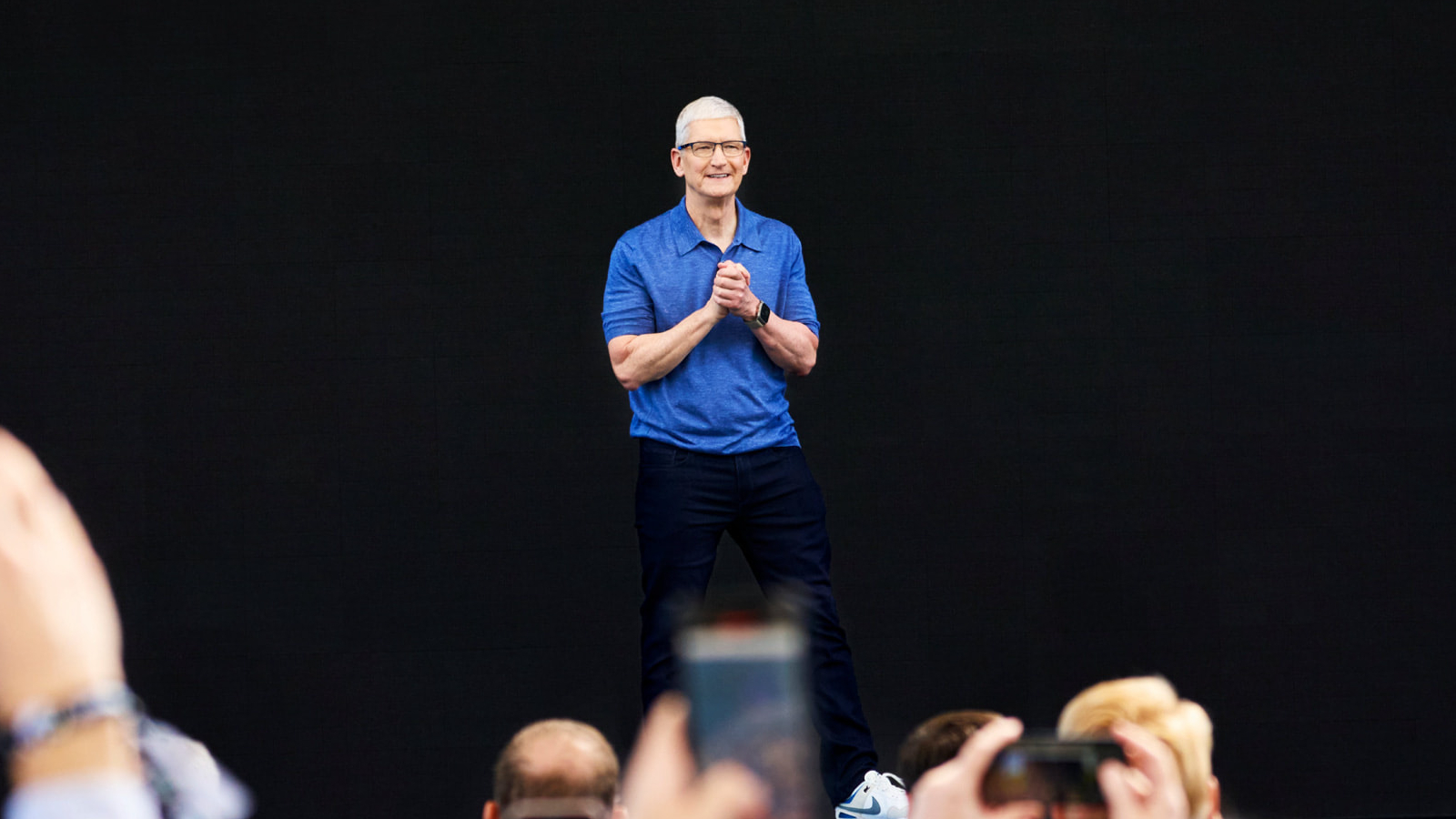
According to a regulatory filing published yesterday, Cook purchased 50,000 Class B shares of Nike on December 22 at an average price of $58.97 per share, for a total investment of approximately $2.95 million. The filing shows that Cook now holds about 105,000 Nike shares, a position valued at nearly $6 million.
Nike shares rose following the disclosure, gaining between about 2% and 5% in premarket and early regular-session activity, after the stock had fallen sharply in the days following the company's most recent earnings report, which highlighted ongoing challenges in its business, particularly in China. Nike is currently in the early stages of a turnaround effort under CEO Elliott Hill, who returned to the company last year after retiring.
Cook has served on Nike's board of directors since 2005 and is its lead independent director, a role he assumed in 2016 after Nike co-founder Phil Knight stepped down as chairman. In addition to his position at Apple, Cook also chairs Nike's compensation committee, placing him in a central governance role at the apparel maker. The December 22 transaction represents Cook's largest open-market purchase of Nike shares in years and comes at a time when the company is under pressure from investors following a prolonged decline in its stock price.
This article, "Apple CEO Tim Cook Buys $3 Million of Nike Shares" first appeared on MacRumors.com
Discuss this article in our forums
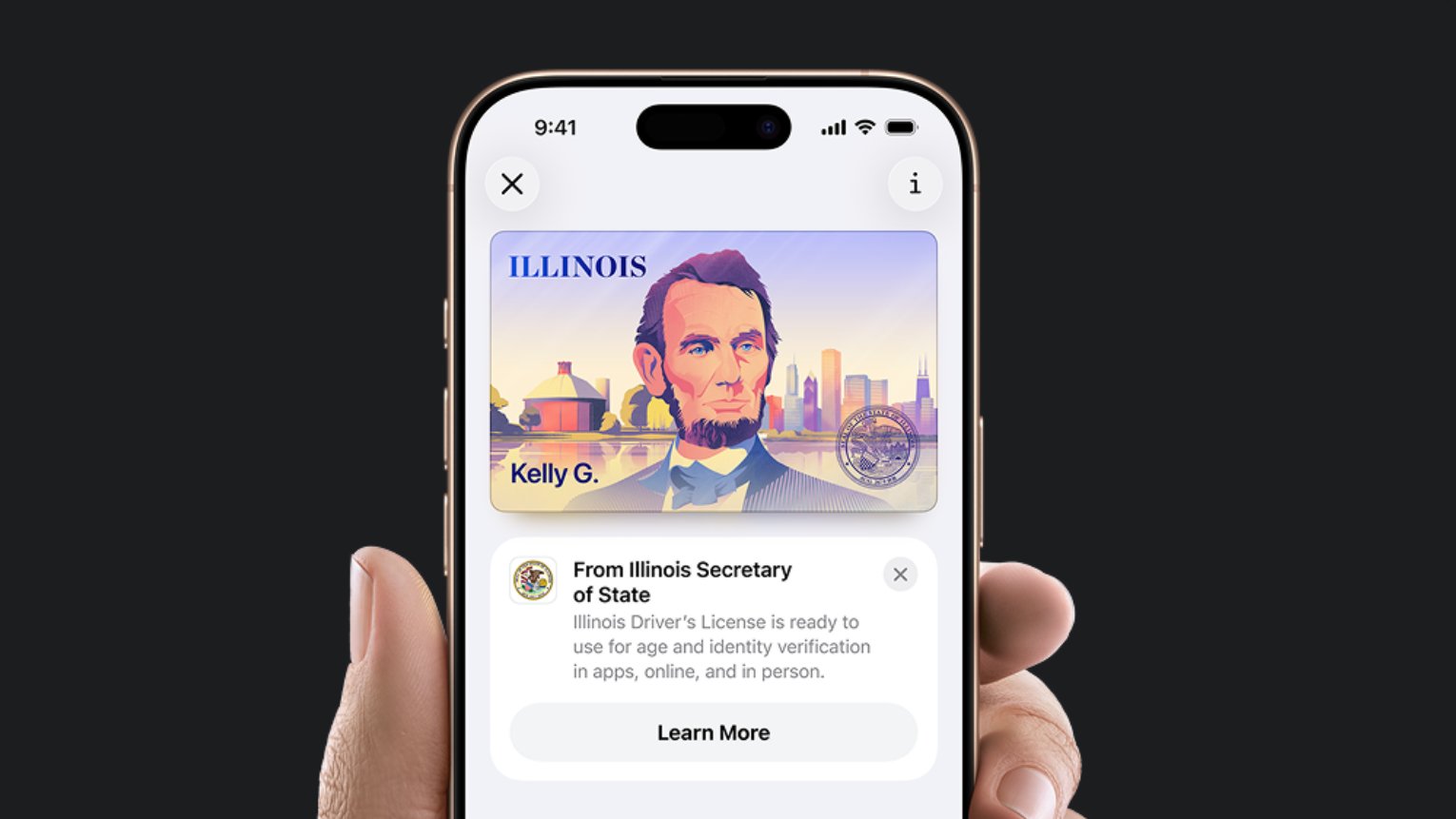
The feature is currently available in 13 U.S. states and Puerto Rico, and it is expected to launch in at least seven more in the future.
To set up the feature, open the Wallet app and tap on the plus sign in the top-right corner. Next, select Driver's License and ID Cards and follow the steps.
Supported States
The following 13 states offer driver's licenses in the Wallet app:
- Arizona (since March 2022)
- Maryland (since May 2022)
- Colorado (since November 2022)
- Georgia (since May 2023)
- Ohio (since July 2024)
- Hawaii (since August 2024)
- California (since September 2024)
- Iowa (since October 2024)
- New Mexico (since December 2024)
- Montana (since August 2025)
- North Dakota (since September 2025)
- West Virginia (since October 2025)
- Illinois (since November 2025)
Future States
Apple and local DMV offices have announced that the following U.S. states have signed on to adopt the feature, but no timeframes were disclosed:
- Connecticut
- Kentucky
- Mississippi
- Oklahoma
- Utah
- Arkansas
- Virginia
Participating Airports
Apple Wallet IDs are accepted at TSA checkpoints in more than 250 airports in the U.S., for domestic travel. Given that Apple Wallet IDs are not accepted by law enforcement, and lack many other use cases, carrying a physical ID is still necessary.
Here are just some of the airports that offer the feature — there are hundreds of others:
- Baltimore/Washington International Thurgood Marshall Airport (BWI)
- Ronald Reagan Washington National Airport (DCA)
- Washington Dulles International Airport (IAD)
- Phoenix Sky Harbor International Airport (PHX)
- Denver International Airport (DEN)
- Hartsfield–Jackson Atlanta International Airport (ATL)
- Cincinnati/Northern Kentucky Airport (CVG)
- John Glenn Columbus International Airport (CMH)
- San Francisco International Airport (SFO)
- San Jose Mineta International Airport (SJC)
- Los Angeles International (LAX)
- Daniel K. Inouye International Airport (HNL)
- Des Moines International Airport (DSM)
- Eastern Iowa Airport (CID)
- Albuquerque International Sunport (ABQ)
- Lea County Regional Airport (HOB)
- Luis Munoz Marin International Airport (SJU)
- Billings Logan International Airport (BIL)
- Bozeman Yellowstone International Airport (BZN)
- Great Falls International Airport (GTF)
- Missoula International Airport (MSO)
- Chicago O'Hare International Airport (ORD)
- Chicago Midway International Airport (MDW)
- St. Louis Lambert International Airport (STL)
- Richmond International Airport (RIC)
- Norfolk International Airport (ORF)
- Roanoke-Blacksburg Regional Airport (ROA)
- Newport News-Williamsburg International Airport (PHF)
Digital Passport
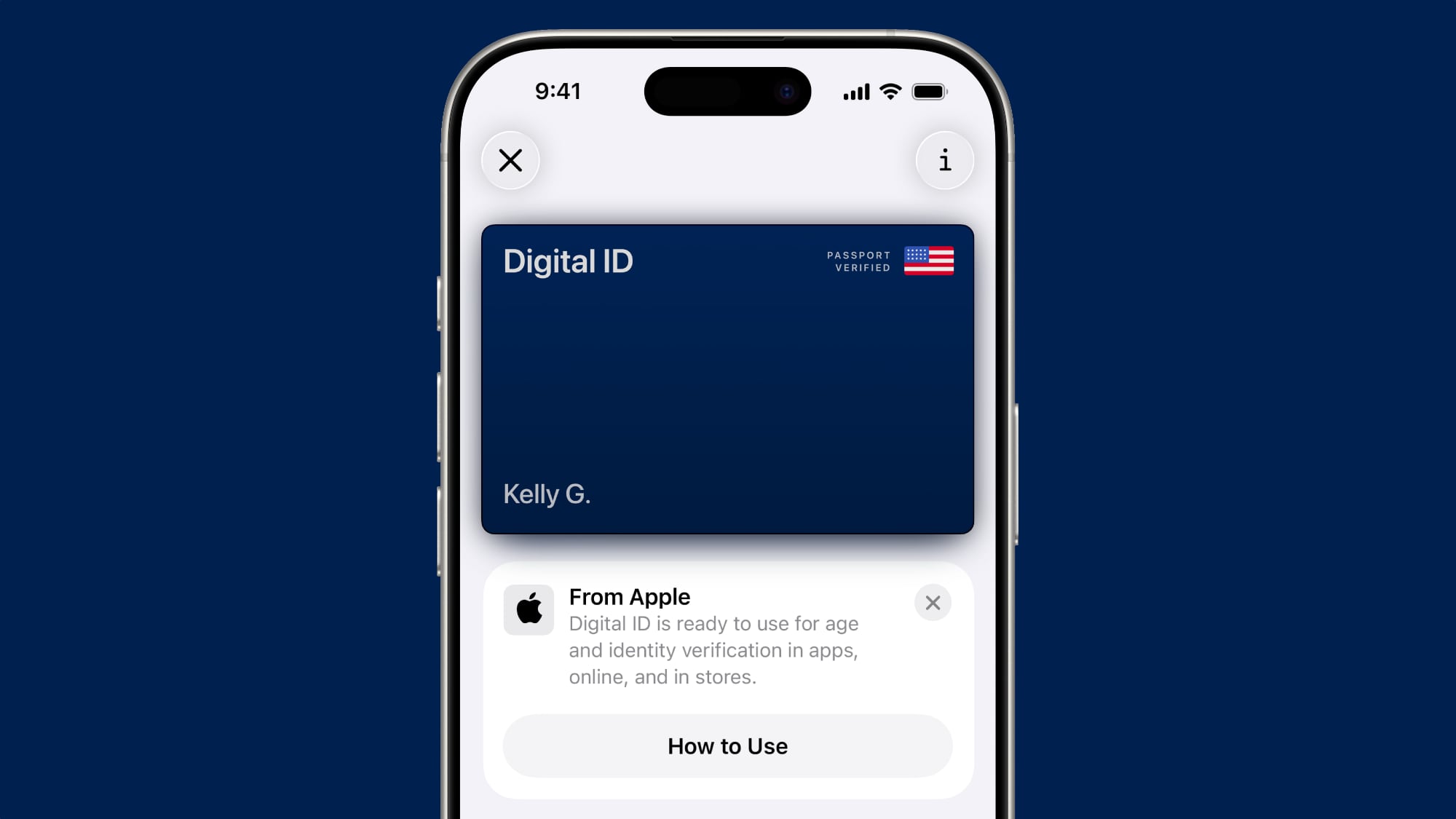
If you live in a state that does not yet offer Apple Wallet IDs, you can now create a Digital ID based on your U.S. passport, and present it at the same participating TSA checkpoints, for age and identity verification purposes during domestic travel. It is not a replacement for a physical passport, and it cannot be used for international travel.
This article, "Apple Plans to Expand iPhone Driver's Licenses to These 7 U.S. States" first appeared on MacRumors.com
Discuss this article in our forums
The S&P 500 reached a new intraday record high on Wednesday as what looks like a classic Santa Claus rally begins…
The post As Santa Claus rally begins, S&P 500 hits record high appeared first on MacDailyNews.
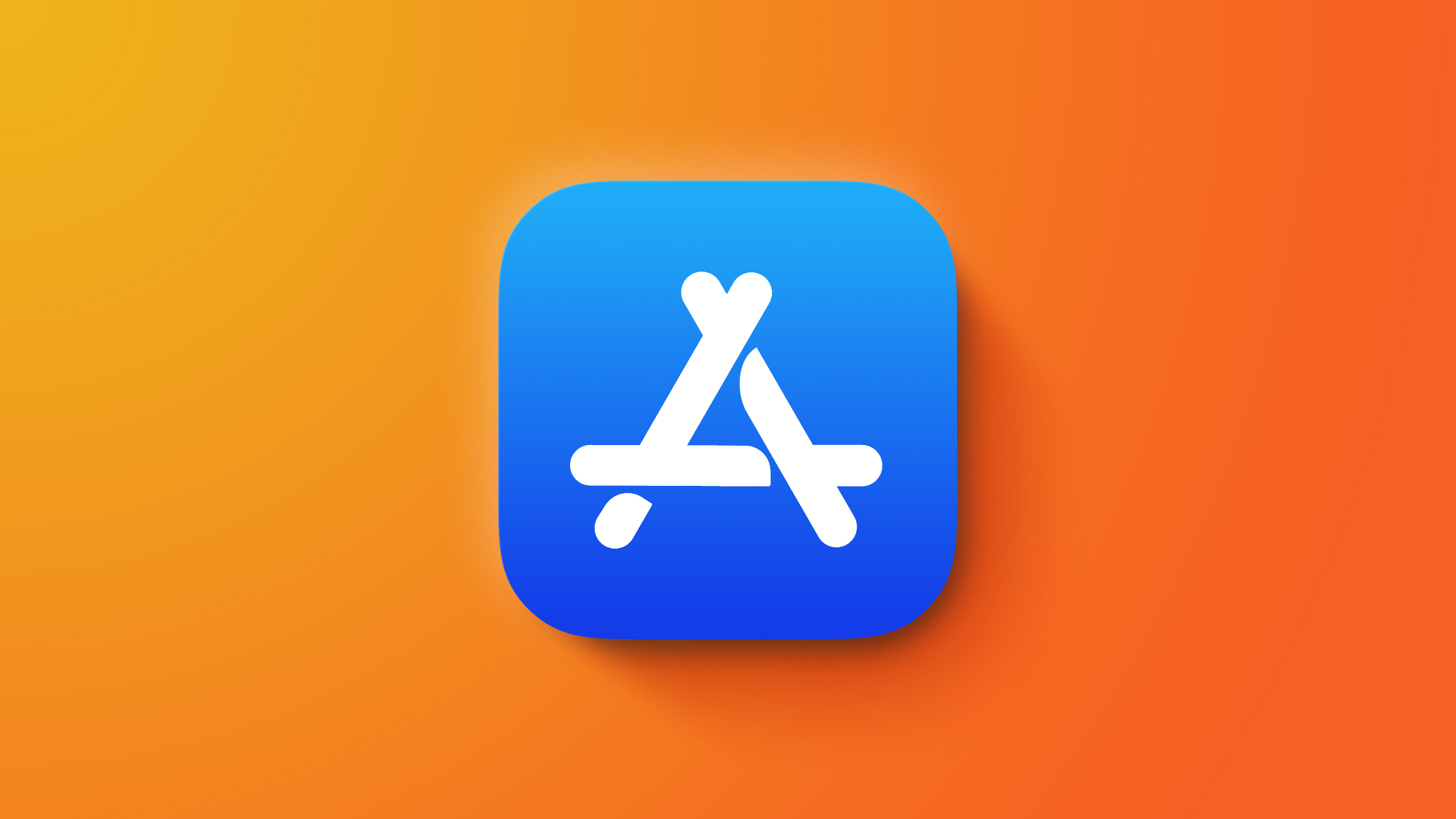
In a press release, Brazil's Administrative Council of Economic Defense (CADE), said its court has approved a Term of Commitment to Cease proposed by Apple to resolve an investigation into the company's App Store rules on iOS. The case began in 2022 and examined whether Apple's restrictions on app distribution and payments limited competition in Brazil.
CADE said the investigation focused on Apple's prohibition of third-party app stores on iOS, the requirement that developers use Apple's in-app purchase system for digital goods and subscriptions, and restrictions that prevented developers from informing users about alternative payment options.
Under the settlement, Apple will be required to allow developers in Brazil to link to external payment options and promote offers that take place outside their apps. Developers will also be permitted to offer third-party payment methods within their apps alongside Apple's own in-app purchase system, with CADE requiring that these options be presented next to Apple's payment option.
Apple will also have to allow third-party app stores in Brazil. CADE specified that Apple may still display warnings or informational messages to users, but those messages must be neutral, objective, and limited in scope, and must not introduce extra steps or barriers that make alternative options harder to use.
According to Brazilian technology site Tecnoblog, which said it obtained the details directly from CADE, purchases made through the App Store will remain subject to a 10% or 25% commission under standard terms. Developers who use Apple's payment system would also pay a 5% transaction fee.
If an app directs users to pay outside the app using only static text, with no clickable link or button, Apple will not charge a fee. If the app includes a clickable button or link that sends users to an external website for payment, Apple will charge a 15% fee. Third-party app stores will be subject to a 5% Core Technology Commission.
CADE said Apple will have up to 105 days to implement the required changes once the new rules become binding.
This article, "Apple to Introduce New App Store Fee Structure in Brazil Following Antitrust Settlement" first appeared on MacRumors.com
Discuss this article in our forums
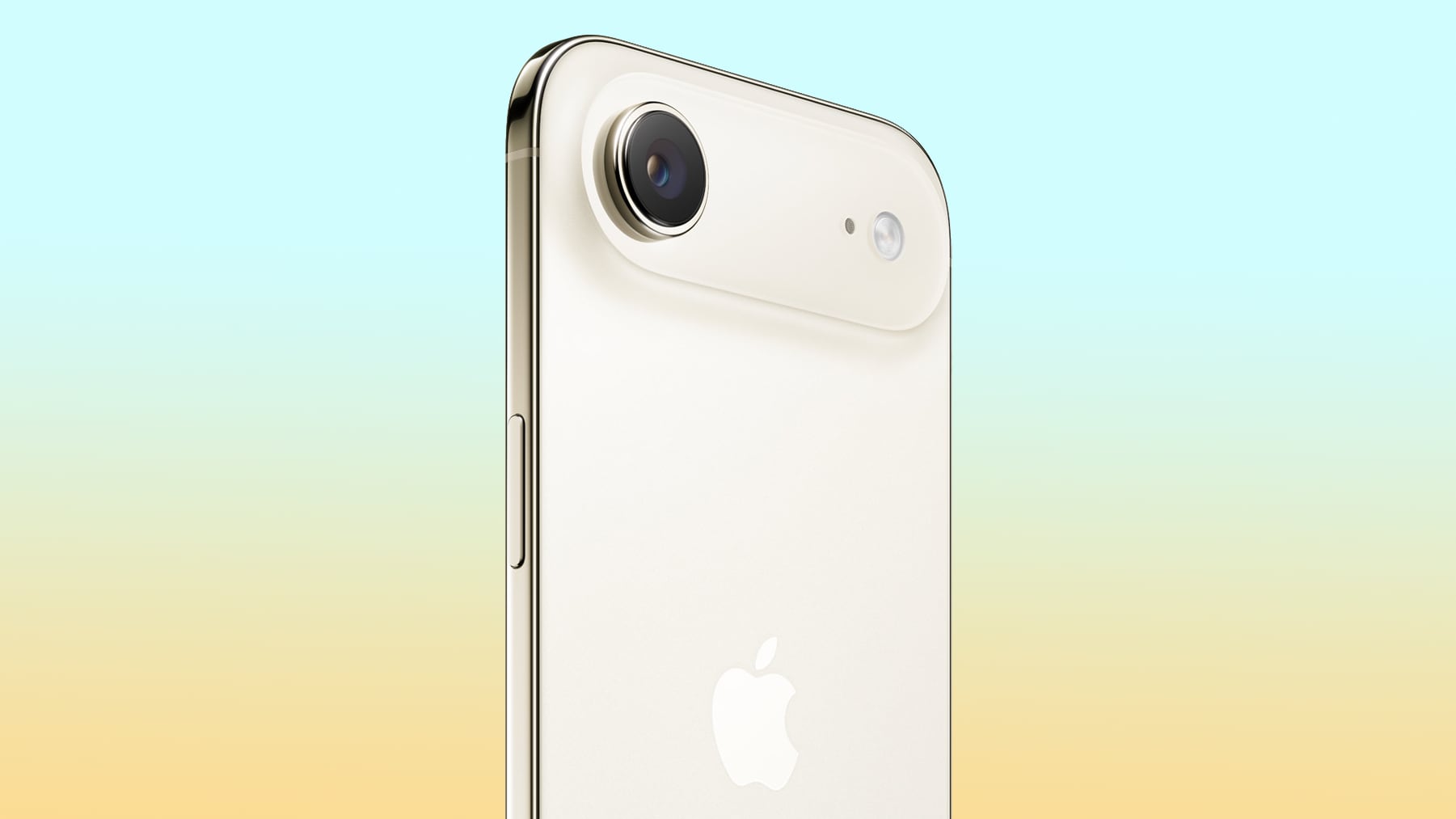
The leaker claims to have been told by sources that the second-generation iPhone Air will launch in the fall. Meanwhile, the iPhone 17e is said to already be in mass production ahead of unveiling at a spring product launch event.
The rumor comes in contrast to an array of corroborated reports that the second-generation iPhone Air has been delayed until March 2027, where it is expected to launch alongside the standard iPhone 18 and a lower-end iPhone 18e. The second-generation iPhone Air was originally rumored to launch alongside the iPhone 18 Pro, iPhone 18 Pro Max, and foldable iPhone in the fall of 2026, but poor sales of the debut model apparently led Apple to delay the launch.
The second-generation iPhone Air is rumored to address complaints about the device by adding a second rear camera and lowering its price. A lighter weight, vapor chamber cooling, and a larger battery capacity are also among the rumored new features.
It is still possible that a new iPhone Air could launch in the fall of next year, especially if Apple has expedited development of new features, since this was the original scheduled launch time frame. Nevertheless, it would be surprising if the multitude of rumors indicating a delayed launch were mistaken.
This article, "iPhone Air 2 Could Still Launch Next Year" first appeared on MacRumors.com
Discuss this article in our forums
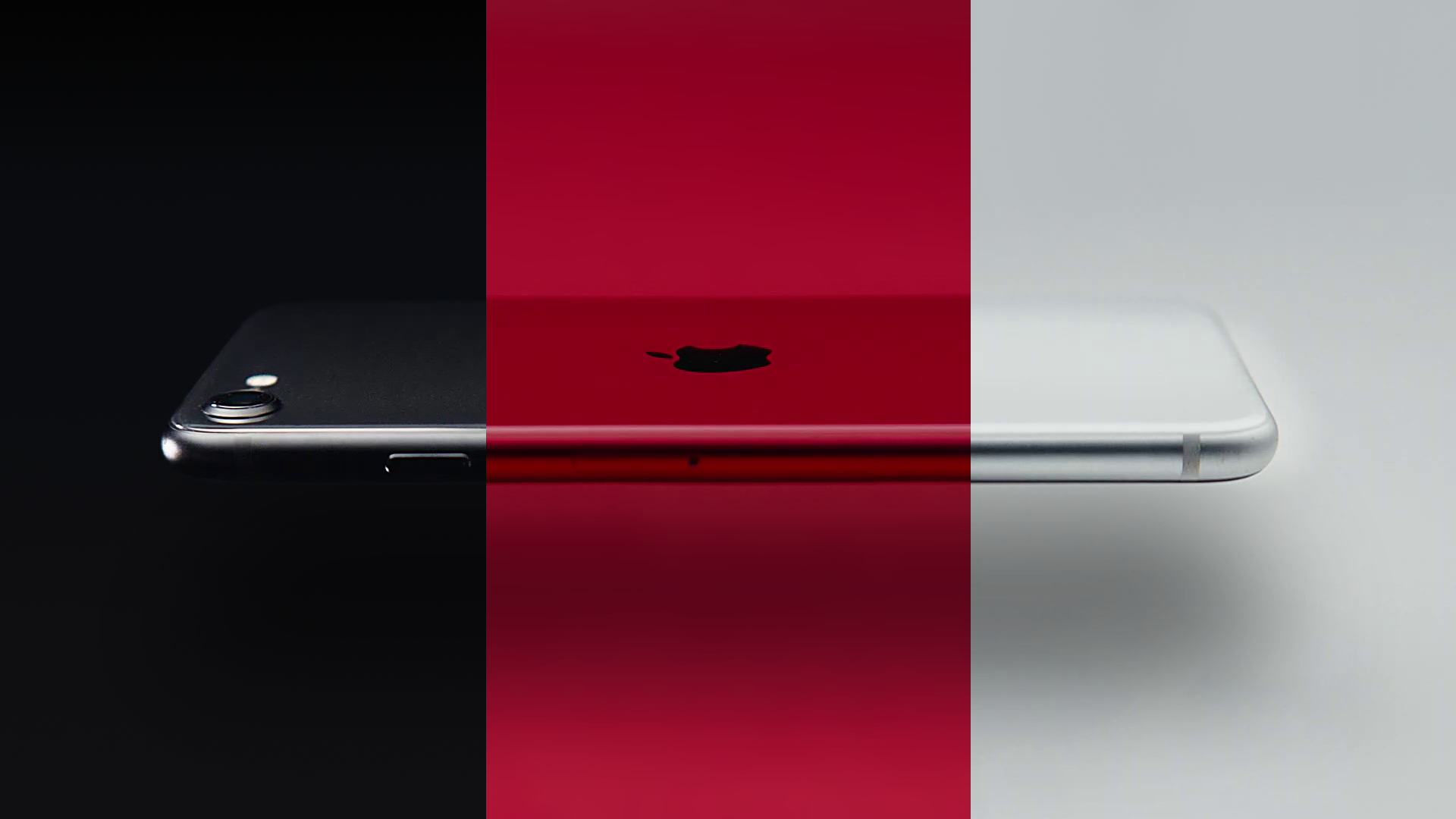
Most of the products that were discontinued this year were simply replaced by a new model with an updated chip. However, the iPhone SE line was entirely discontinued when the iPhone 16e launched, and the iPhone Plus line is being phased out.
Below, we have listed 25 products that were discontinued by Apple this year.
iPhones
Apple discontinued the third-generation iPhone SE in February, after introducing the iPhone 16e. As a result, Apple no longer sells any iPhone models with a Home button, Touch ID, LCD screen, a sub-6-inch screen size, or Lightning.
The original iPhone SE was released in March 2016. That model's design was largely based on the iPhone 5s, with key specs including a 4-inch display, a Touch ID home button, and an aluminum and glass frame with chamfered edges. However, the device was powered by a newer A9 chip from the iPhone 6s and iPhone 6s Plus.
Apple went on to release two more iPhone SE models in 2020 and 2022, respectively, with those devices having a similar design as the iPhone 8.
Meanwhile, the iPhone Plus has effectively been replaced by the ultra-thin iPhone Air in Apple's smartphone lineup. Both the iPhone 14 Plus and iPhone 15 Plus were discontinued this year, and it is only a matter of time before the iPhone 16 Plus is axed too. Apple is not expected to release another Plus model in the foreseeable future.
Here are all of the iPhone models that were discontinued this year:
- iPhone 16 Pro Max (succeeded by iPhone 17 Pro Max)
- iPhone 16 Pro (succeeded by iPhone 17 Pro)
- iPhone 15 Plus
- iPhone 15
- iPhone 14 Plus
- iPhone 14
- iPhone SE (succeeded by iPhone 16e)
iPads
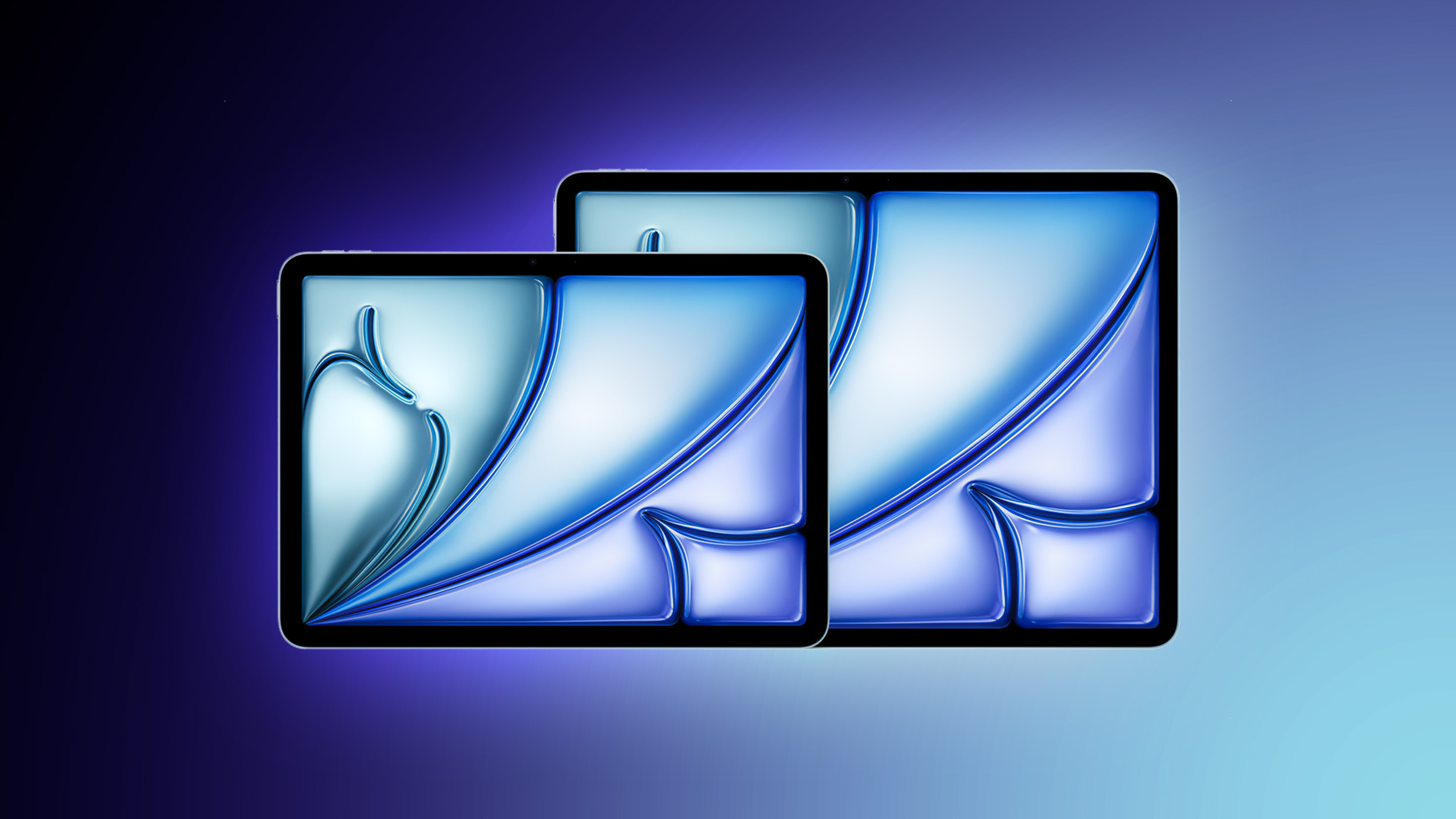
It was a spec-bump year for the iPad lineup, with the iPad Pro, iPad Air, and entry-level iPad all receiving faster chips, but no major design changes.
Here are all of the iPad models that were discontinued this year:
- iPad Pro with M4 chip (updated with M5 chip)
- iPad Air with M2 chip (updated with M3 chip)
- iPad 10 (updated with A16 chip)
Apple Watches
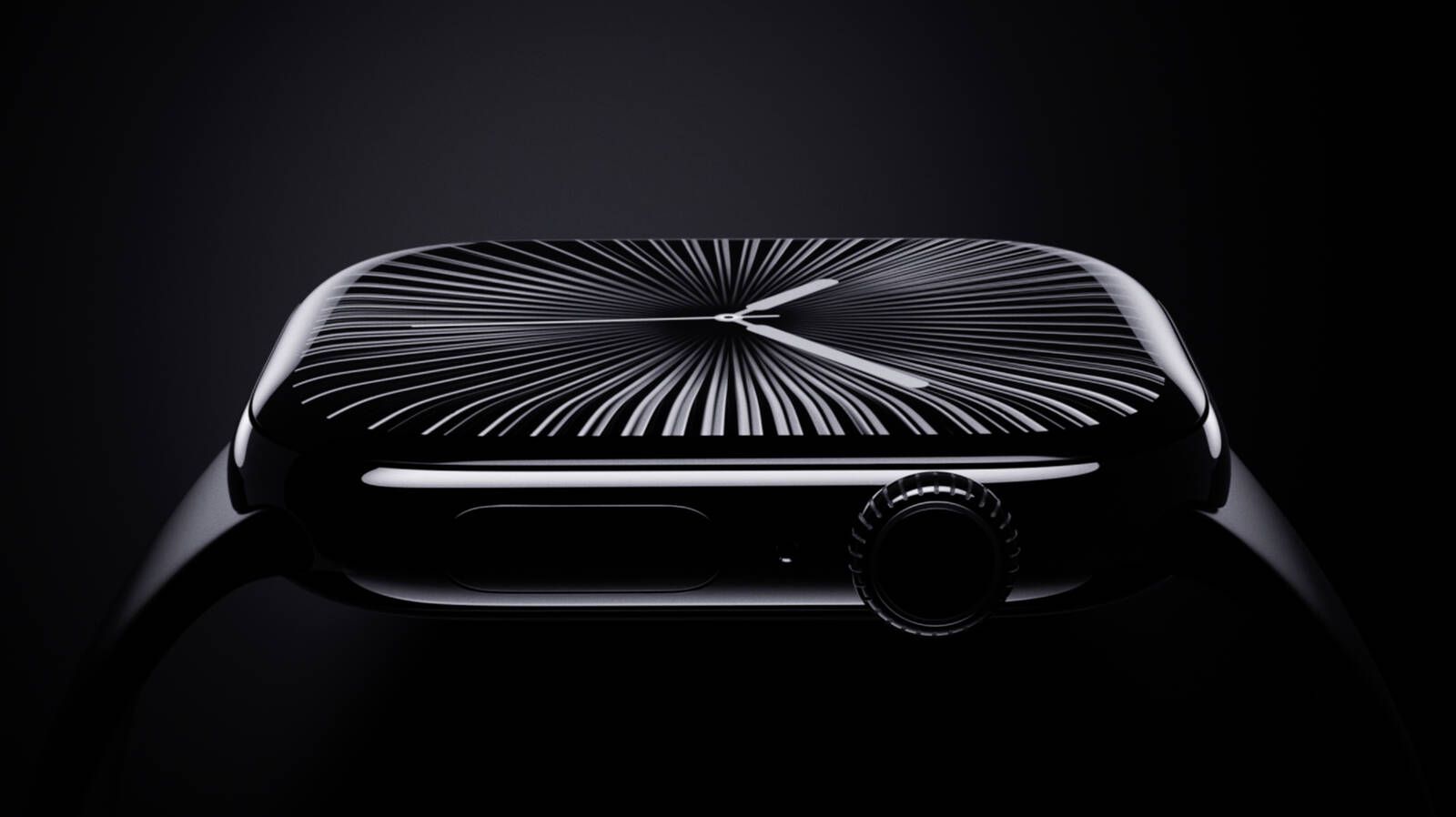
Apple Watch Series 11 is a very minor upgrade over the now-discontinued Series 10, but the Apple Watch Ultra 3 and Apple Watch SE 3 offer some more meaningful changes. None of the latest Apple Watch models received a new chip, though.
Here are all of the Apple Watch models that were discontinued this year:
- Apple Watch Ultra 2 (succeeded by Apple Watch Ultra 3)
- Apple Watch Series 10 (succeeded by Apple Watch Series 11)
- Apple Watch SE 2 (succeeded by Apple Watch SE 3)
Macs
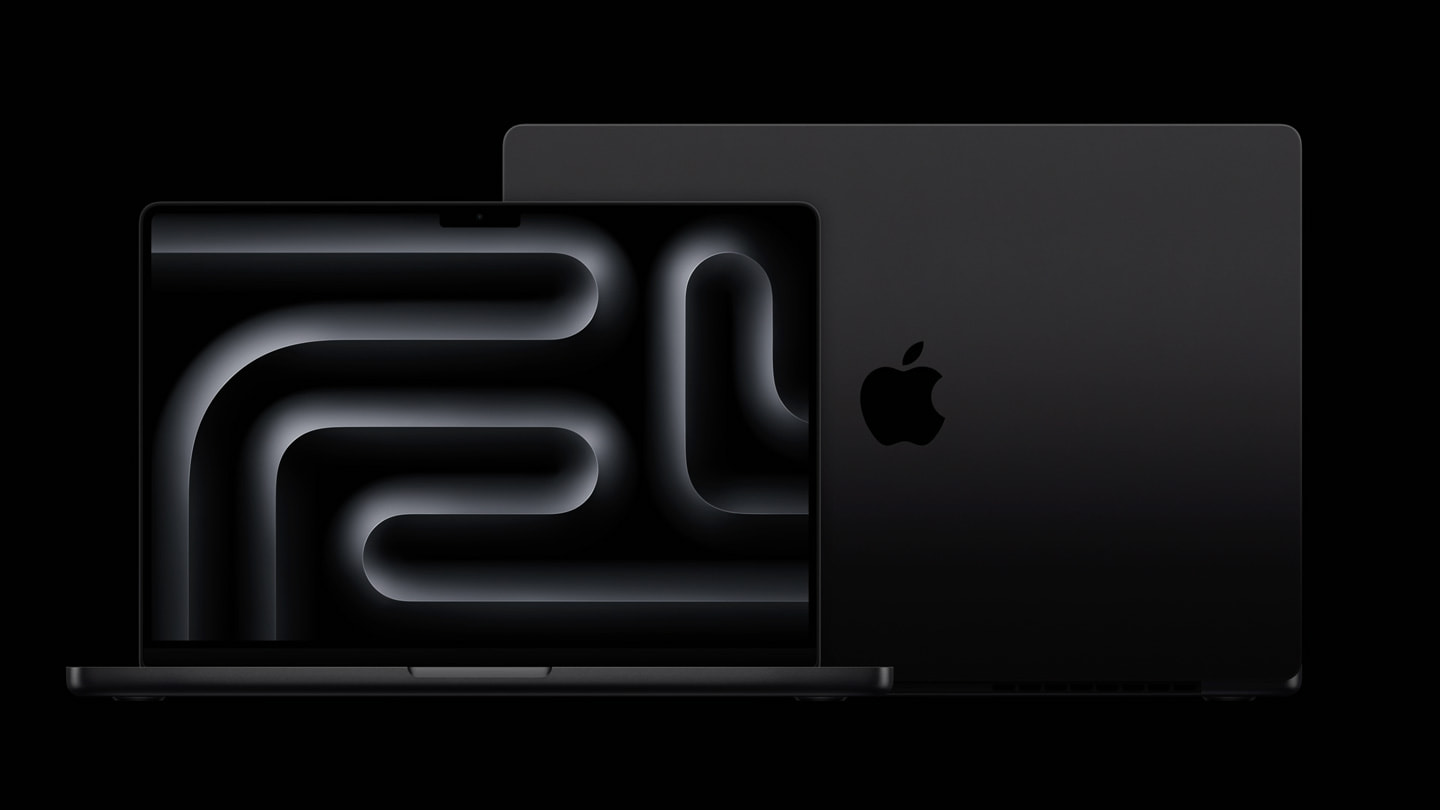
Here are all of the Mac models that were discontinued this year:
- Mac Studio with M2 Max and M2 Ultra chips (updated with M4 Max and M3 Ultra chips)
- 14-inch MacBook Pro with M4 chip (updated with M5 chip)
- 13-inch and 15-inch MacBook Air with M3 chip (updated with M4 chip)
- 13-inch MacBook Air with M2 chip
Other
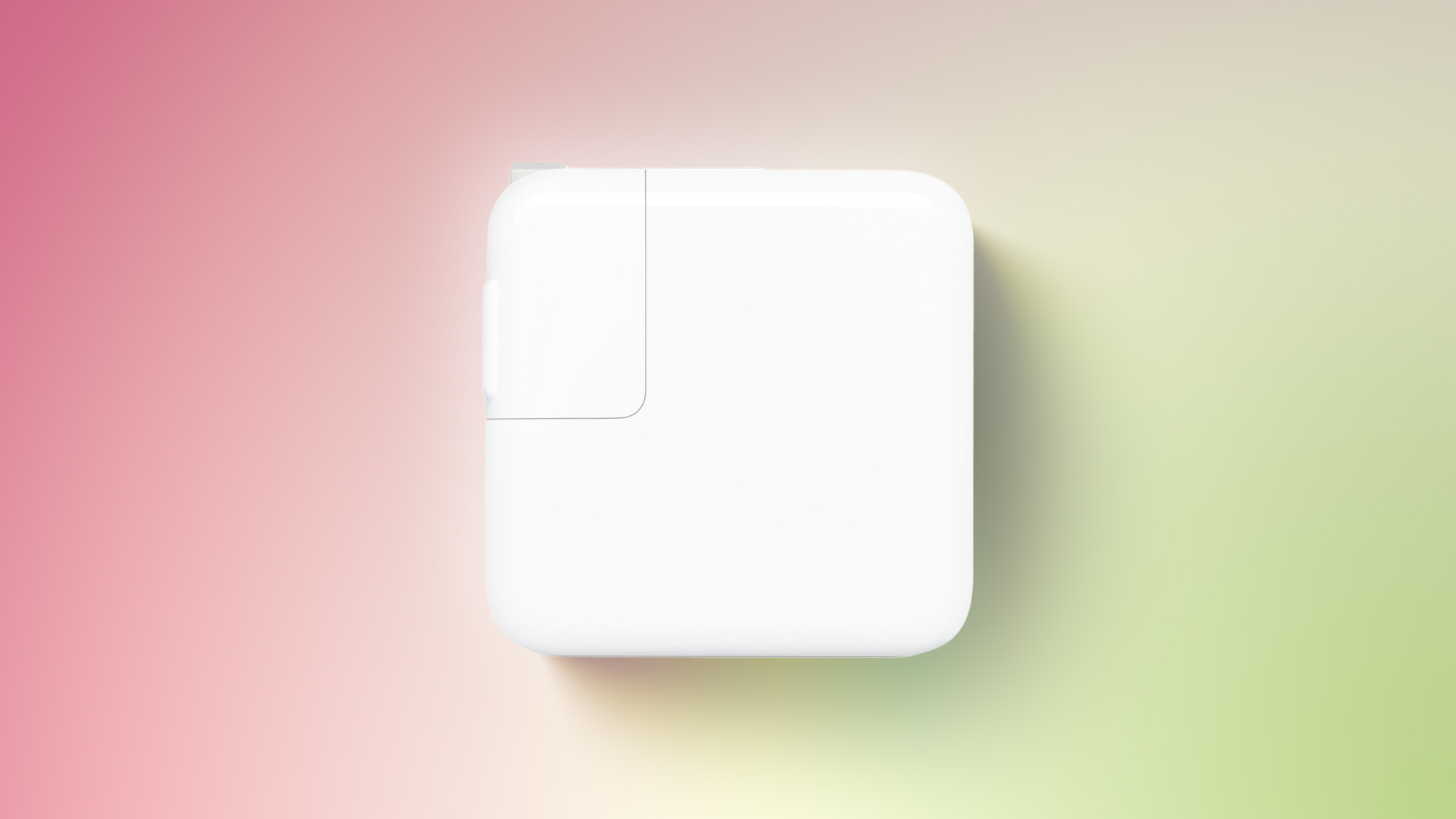
Here are other Apple products and accessories that were discontinued this year:
- AirPods Pro 2 (succeeded by AirPods Pro 3)
- Apple Vision Pro with M2 chip (updated with M5 chip)
- MagSafe Charger with Qi 2 (succeeded by MagSafe Charger with Qi 2.2 support)
- 30W USB-C Power Adapter (succeeded by 40W Dynamic Power Adapter with 60W Max)*
- Lightning to 3.5mm Audio Cable (succeeded by USB-C to 3.5mm Audio Cable)
- MagSafe to MagSafe 2 Converter
Did we miss anything? Let us know in the comments section.
This article, "Apple Discontinued These 25 Products This Year" first appeared on MacRumors.com
Discuss this article in our forums
Nike shares gained ground in premarket trading on Wednesday following news that Apple CEO Tim Cook acquired nearly $3 million worth…
The post Apple’s Tim Cook buys $3 million in Nike stock appeared first on MacDailyNews.

The sensors will reportedly be made by Samsung at its existing facility in Austin. The company is expected to install production equipment for the project in the near future and has posted job listings for mechanical and electrical technicians, engineers, and managers to work on set up.
Samsung is expected to make the iPhone's image sensor with a three-stack design, which enables higher pixel density and improved low-light performance by vertically stacking multiple sensor layers. Stacked sensor architecture also allows for faster readout speeds, reduced power consumption, and higher dynamic range. This manufacturing process has not previously been deployed at a commercial scale.
Earlier this month, Samsung notified the city of council of Austin of its intention to spend $19 billion on its Austin facility. The new image sensor production line is expected to begin operation in March at the earliest.
The new sensor is believed to be destined for the iPhone 18, which is expected to launch in the first half of 2027. Apple reportedly reached a deal with Samsung in August for supply of the component.
This will be the first time Apple will move away from Sony as the sole supplier for iPhone image sensors and make the component in the United States. Today, Sony is the sole supplier of iPhone image sensors; they are produced in Japan and delivered via TSMC.
This article, "Advanced iPhone 18 Camera Sensor to Be Made in Texas" first appeared on MacRumors.com
Discuss this article in our forums
Google's Santa Tracker continues a two-decade tradition for the company, allowing excited children (and grown-ups!) to keep up with the jolly gift-giver's travels throughout December 24. On this day, Santa's Village transforms into a tracking experience where children can follow Santa and his reindeer as they merrily go about their important work.
Santa can be tracked using a web browser on iPhone, iPad, or Mac by visiting Google's official Santa Tracking website. The site features a live map of Santa's current location, his next stop, a live video feed of his journey, and the estimated time that he will arrive in each specific location.
The Santa site provides pictures of locations that Santa has already visited, a live count of gifts that have been delivered, and Santa's current distance from your location. There are also a selection of games to play, creative things to do, and videos to watch.
Other Santa tracking services are also available, such as the NORAD Tracks Santa Claus app and website, but Google's site is often the most interactive and detailed. Happy holidays!
This article, "Track Santa's Journey From the North Pole Using Google's Santa Tracker" first appeared on MacRumors.com
Discuss this article in our forums

On MakerWorld, a user named Subsy has uploaded a 1:1 iPhone Fold replica (via Macworld), which can be 3D printed to give you a rough idea of the size of the upcoming foldable iPhone.
Subsy claims that the model is "based on recently leaked CAD drawings of the iPhone Fold," but there haven't been actual CAD leaks to our knowledge. There were reports of CAD drawings earlier this month, but it turns out those drawings were concept drawings and renders created by MacRumors reader iZac back in May.
iZac designed a mockup with a 5.5-inch display when the device is closed, and 7.76 inches when open. That's in line with the multiple rumors that we've heard, but so far, we don't have exact dimensions.
While you can now print a 3D mockup of iZac's concept, the design isn't based on an actual CAD render. It's likely somewhat similar to what the iPhone Fold will look like in terms of size, but Apple's design for the cameras and the hinge will probably differ quite a bit.
If you have a 3D printer, it's a useful way to get something that's close to the size of the iPhone Fold so you can see how it compares to your existing iPhone. We'll likely see more accurate CAD renders and dummy models starting to surface in the first months of 2026.
This article, "Have a 3D Printer? You Can Make Your Own iPhone Fold Dummy" first appeared on MacRumors.com
Discuss this article in our forums

The Texas App Store Accountability Act (SB2420) requires Apple and other app marketplaces to confirm user age when a person creates an Apple Account. Apple Accounts for users under 18 would need to join a Family Sharing group, with new controls available for parents and restrictions for minors.
In a preliminary injunction that delays the implementation of the act, Judge Robert Pitman said that it violates the First Amendment and is "more likely than not unconstitutional."
The Act is akin to a law that would require every bookstore to verify the age of every customer at the door and, for minors, require parental consent before the child or teen could enter and again when they try to purchase a book. As set out below, the Court finds a likelihood that, when considered on the merits, SB 2420 violates the First Amendment.
The injunction was in response to a motion filed by the Computer and Communications Industry Association (CCIA), a group that includes Apple and Google. Today's decision is a win for Apple, as Apple has been fighting against age assurance requirements in Texas and other states. Apple says that the Texas law impacts user privacy.
While we share the goal of strengthening kids' online safety, we are concerned that SB2420 impacts the privacy of users by requiring the collection of sensitive, personally identifiable information to download any app, even if a user simply wants to check the weather or sports scores.
The court will move on to determining whether the law is facially invalid, which would mean that it is unconstitutional and will be entirely thrown out.
This article, "Texas App Store Age Verification Law Blocked by Federal Judge" first appeared on MacRumors.com
Discuss this article in our forums
A U.S. federal judge in Texas issued a preliminary injunction blocking the enforcement of the state's new App Store Accountability Act…
The post Apple wins as U.S. federal judge blocks Texas from enforcing new App Store age verification law appeared first on MacDailyNews.
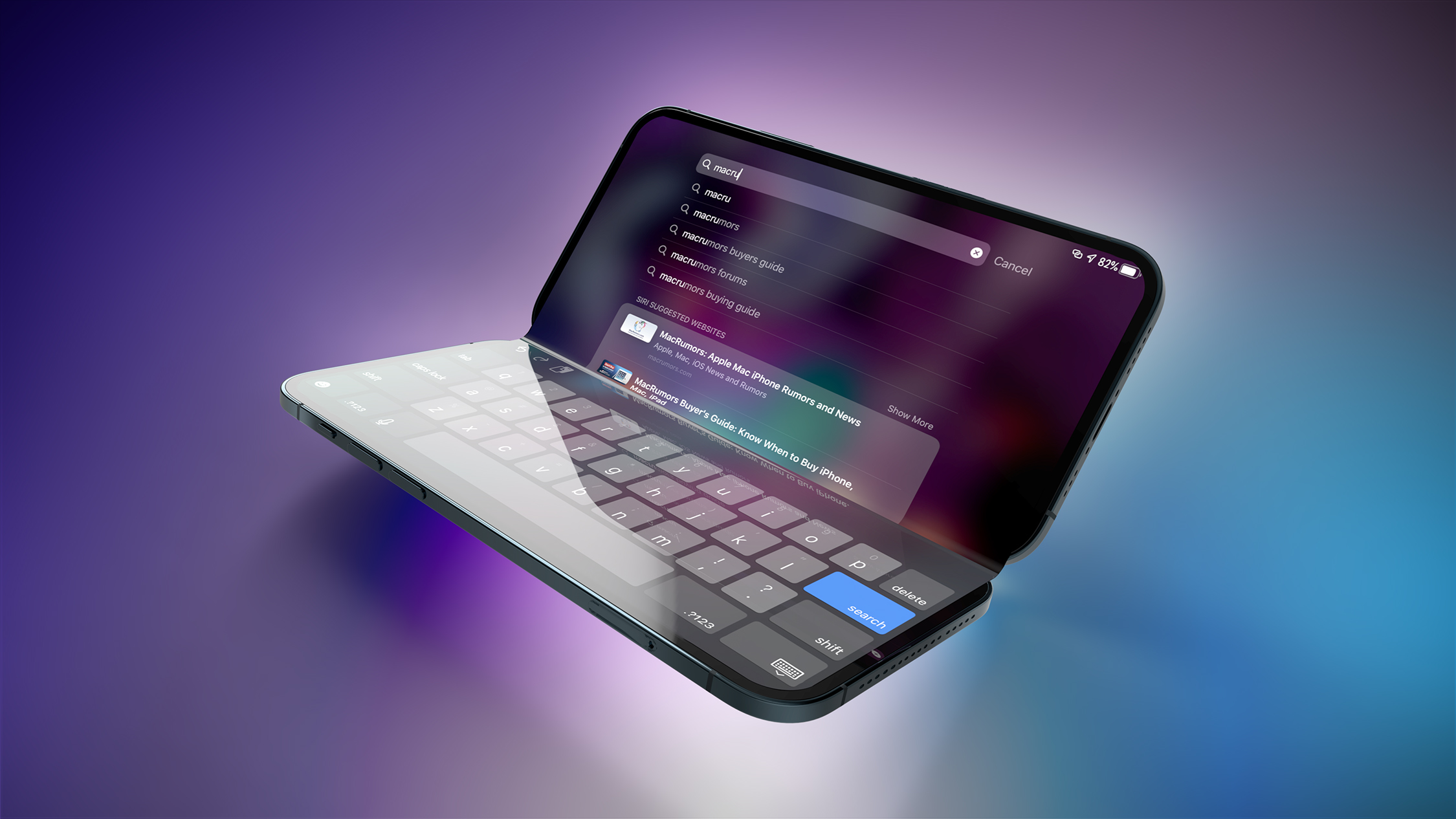
Samsung's existing Galaxy Z Fold7 display is 6.5 inches when closed, and 8 inches when open, with a 21:9 aspect ratio when folded and a 20:18 aspect ratio when open. Samsung has used a similar size for its prior Z Fold devices.
Rumors suggest the iPhone Fold's display will measure in at 5.3 to 5.5 inches when closed, and 7.5 to 7.8 inches when open (rumors vary). It's squatter and wider than Samsung's taller, narrower design, with a 4:3 aspect ratio when open.
Samsung's "Wide Fold" will coincidentally feature a 7.6-inch display when open, and a 5.4-inch display when closed. It's also expected to have a 4:3 aspect ratio, making it noticeably different than prior models because of the more square shape.
The wider 4:3 aspect ratio is expected to be more comfortable to hold than a taller device, similar to a notebook.
ETNews says that Samsung plans to release its wider foldable device in the fall of 2026, which is also when the iPhone Fold will be coming out. The wide fold will join the next-generation Galaxy Fold for a total of two "Fold" devices, plus there will be a flip device.
This article, "Samsung Developing 'Wide Fold' With iPhone Fold-Like Design Ahead of Apple's 2026 Launch" first appeared on MacRumors.com
Discuss this article in our forums

To get the deal, buy something from Adidas and then enter the promo code APPLEPAY at checkout. As with all Apple Pay promos, making the purchase using Apple Pay is a requirement.
Apple says the discount can be applied on purchases up to $250, with the deal set to last until December 31 at 11:59 p.m. Pacific Time.
Some gear is excluded, including Campus, Gazelle, Disney, Human Made, limited edition originals, and more.
This article, "Apple Pay Promo Offers 20% Off Adidas Purchases" first appeared on MacRumors.com
Discuss this article in our forums
Lead times for Apple’s iPhone 17 series are finally easing as supply catches up with demand, according to JPMorgan. Analyst Samik Chatterjee…
The post Lead times across Apple’s iPhone 17 series are finally moderating appeared first on MacDailyNews.

Below, we have recapped 12 features rumored for the iPhone 18 Pro models.
- The same overall design is expected, with 6.3-inch and 6.9-inch display sizes, and a "plateau" housing three rear cameras
- Under-screen Face ID
- Front camera in top-left corner of the screen
- Variable aperture for at least one rear camera
- A20 Pro chip manufactured with TSMC's 2nm process and new packaging technology
- A simplified Camera Control button with no swipe gestures
- Design changes to the rear Ceramic Shield for MagSafe charging, potentially including a more frosted glass appearance
- Apple-designed C1X or C2 modem for 5G/LTE cellular connectivity
- Apple-designed N1 chip or newer for Wi-Fi 7, Bluetooth 6, and Thread
- Web browsing via satellite
- New color options under consideration: burgundy, brown, and purple
- iPhone 18 Pro Max may be slightly thicker than the iPhone 17 Pro Max, perhaps to accommodate a larger battery
This article, "iPhone 18 Pro Launching Next Year With These 12 New Features" first appeared on MacRumors.com
Discuss this article in our forums
The American economy grew at its fastest pace in two years during the third quarter, with inflation-adjusted gross domestic product (GDP)…
The post American economy grows at fastest pace in years with much-better-than-expected 4.3% GDP gain appeared first on MacDailyNews.
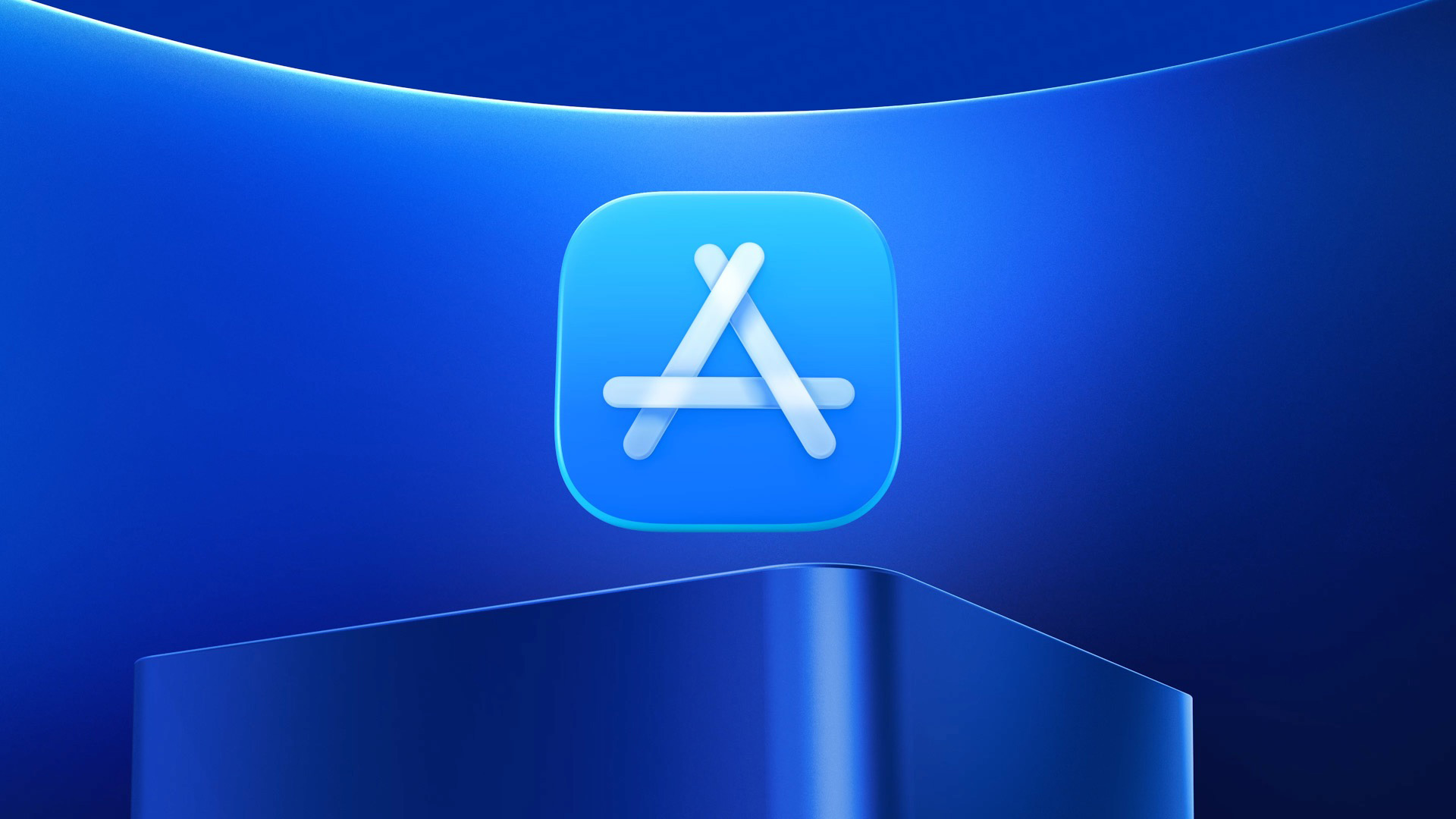
This means that iPhone users in Brazil would gain access to options beyond Apple's App Store, such as the AltStore from Riley Testut and Shane Gill.
The changes must be implemented within 105 days, so Apple has until early April to roll them out. That timeframe might align with the release of iOS 26.4.
Apple has already allowed alternative app stores and/or third-party payment systems on iOS in the EU, Japan, and South Korea, and it will likely be forced to do so in the UK and Australia too, due to similar regulations across those regions.
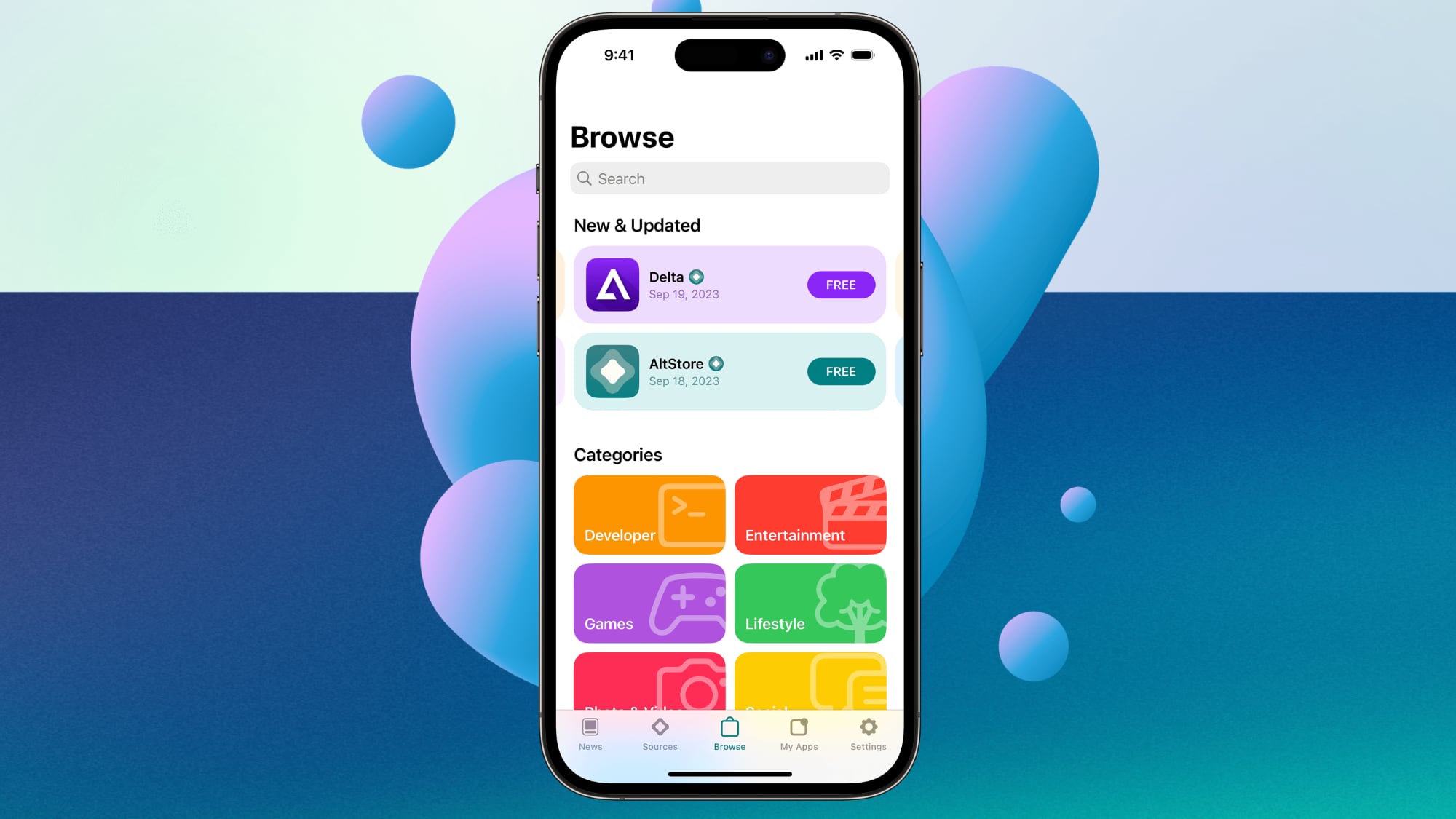 AltStore
AltStoreApple has opposed alternative app stores due to privacy and security concerns.
"If you prefer using apps that have met all of Apple's App Review Guidelines, including Apple's standards for privacy, security, and quality, you can use the App Store," says Apple, in a support document about alternative app distribution.
This article, "Apple to Allow Alternative App Stores and More on iOS in Brazil by April" first appeared on MacRumors.com
Discuss this article in our forums
“Bad Monkey” embodies Florida through and through — set in the Keys, adapted from Carl Hiaasen’s novel, and with its first season fully…
The post Apple TV series ‘Bad Monkey,’ set in the Florida Keys, lured by $20.6 million tax credit to film in California appeared first on MacDailyNews.
Apple's iOS 26 update has brought significant enhancements to boarding passes in the Wallet app, introducing features like shareable…
The post Apple Wallet’s iOS 26 boarding passes now offered by Southwest Airlines, joining United and Delta appeared first on MacDailyNews.

Using The Information's reported dimensions, content creator Ben Geskin has shared some images and video of a printed version of the device (embedded below) that help envision what it could look and feel like in the hand. They also hint at Apple's design strategy, suggesting it is related to an unavoidable trade-off between the outer and inner displays of a book-style foldable.
A taller, phone-like outer screen generally leads to a more square inner panel once unfolded, which can be awkward for many types of content, like videos and two open windows in Split View. Conversely, a more rectangular inner display that better supports multi-window use inevitably forces the outer display to become wider or smaller, making it less comfortable to hold and less conventional in use.
Printed a passport-style foldable phone to see how comfortable this form factor is in real life.
— Ben Geskin (@BenGeskin) December 18, 2025
5.3-inch cover display
7.7-inch main display pic.twitter.com/5ae58Bc2Cq
Reports suggesting Apple has opted for a roughly 4:3 aspect ratio on the inner display strongly suggest Apple is favoring the latter approach. A 4:3 inner display would allow Apple to more easily transfer established multitasking features from iPadOS into a foldable form. Here the unfolded state becomes the main mode of use, prioritizing a lightweight, ultra-portable iPad experience over a stretched-out smartphone.
That said, the iPhone Fold in its closed state is likely to feel more like a smaller everyday phone than other foldables on the market. Compare the rumored 5.3-inch outer screen size with the Samsung Galaxy Z Fold 7, which has a 6.5-inch front display, or the Google Pixel Pro Fold, whose cover screen comes in at 6.3 inches. Indeed, the iPhone Fold's front display would be smaller than almost all current major foldables, suggesting Apple is deliberately diverging from the "outer screen as primary phone" philosophy.
When choosing size, Apple will of course have a very deliberate product strategy in mind. While Samsung and Google largely treat the cover display on their foldables as a full-time smartphone screen, Apple may see the device's folded state as a secondary experience, suited to notifications, quick replies, and other glanceable interactions, while reserving the main experience for when the device is unfolded.
Comparison with the iPhone 17 Pro Max pic.twitter.com/MpJ80AwHXw
— Ben Geskin (@BenGeskin) December 18, 2025
However, software too has its limits. If users expect to browse, type extensively, or use third-party apps in the folded state, no amount of interface refinement will fully overcome a physically smaller canvas. That's what makes the comparison to the iPhone mini so notable – especially for a device expected to command a price premium of anywhere between $2,000 and $2,500, which would make it Apple's most expensive ever iPhone.
Ultimately, the rumored dimensions suggest Apple is betting on the value of the unfolded experience rather than the comfort of the folded one. The company seems willing to accept a smaller, less conventional outer display if it ensures the inner display can shine at the system and app level. If users come to think of the device not as a larger iPhone, but as an iPad that happens to fold into a pocket, the design trade-offs start to look far more intentional, and far more Apple-like.

What do you think of the alleged dimensions of Apple's rumored foldable iPhone? Let us know in the comments. The "iPhone Fold," which some are calling it, is expected to launch alongside the iPhone 18 Pro models in September 2026.
This article, "Why Apple's Foldable iPhone May Be Smaller Than Expected" first appeared on MacRumors.com
Discuss this article in our forums

The ability to track flights in iOS is thanks to the data detectors that Apple has integrated into the system for quite a few years now. Data detectors recognize things like times, dates and addresses, and in the right context, turns these into tappable links. Here's how it works.
Track Flights in Messages
If someone sends you a flight number (U2502, say) in Messages, you can press and hold the underlined number to get a real-time view of the flight's progress plotted on a map.

You also get the option to learn more by tapping Preview Flight, which will give you information like departure and arrival times, delays, and for some airports, baggage claim details. You'll find links to the airline website and Apple Maps at the bottom of the information card.
To increase the chances that iOS detects the flight number, it's best to include the full airline name along with the number (EasyJet U2502, for example).
Track Flights in Spotlight Search
On iPhone and iPad, you can also track flights in Search.

Swipe down from the middle of the Home screen and simply input the flight number into the search field to get departure and arrival information. Tap the information card to get the additional details mentioned above.
Tracking Flights on a Mac

Apple has included the same data detectors into macOS, meaning you can track flights on your Mac, too. Simply invoke Spotlight with the Command-Spacebar key combination and type the flight number into the input field.

Select the flight data in the results, and you'll see the same information card that appears in iOS, complete with the flight's live trajectory shown on a map and other details.
This article, "Track a Flight on Your iPhone" first appeared on MacRumors.com
Discuss this article in our forums
The foldable smartphone market is gearing up for a high-stakes rivalry in fall 2026, but emerging details paint Samsung as the follower…
The post Samsung looks to chase Apple iPhone’s foldable design with ‘Wide Fold’ appeared first on MacDailyNews.
Apple TV has canceled the thriller series “The Last Frontier” after one season. The series hailed from co-creators Jon Bokenkamp…
The post Apple TV cancels ‘The Last Frontier’ after one season appeared first on MacDailyNews.
China's Vice Commerce Minister Li Chenggang met with Apple's Chief Operating Officer Sabih Khan to discuss the company's operations in China…
The post Apple COO Sabih Khan meets with China’s vice commerce minister appeared first on MacDailyNews.
Apple is set to kick off trial production for the iPhone 18 shortly after the Chinese New Year holiday. This means small-scale test runs…
The post iPhone 18 trial production set to begin in February, paving way for spring 2027 launch appeared first on MacDailyNews.
Apple TV claims three spots on TIME's list of the 10 best TV shows of 2025, underscoring its dominance in delivering critically acclaimed…
The post Apple TV claims three spots on TIME’s list of the 10 best TV shows of 2025 — more than any other streamer or network appeared first on MacDailyNews.
Italy's antitrust watchdog, the AGCM, announced on Monday that it has imposed a €98.6 million ($115.53 million) fine on Apple and two…
The post Italy slaps Apple with $115 million penalty in App Tracking Transparency case appeared first on MacDailyNews.
As we step into 2026, a historic leadership transition is unfolding at three of America's most pivotal corporate giants. We're talking…
The post The Tim Cook era at Apple looks to be winding down appeared first on MacDailyNews.
Fans of "Pluribus" get a holiday treat: no agonizing seven-day wait for the season one finale. Apple TV typically rolls out fresh episodes…
The post Apple TV drops ‘Pluribus’ season finale early: Stream the epic conclusion on Christmas Eve! appeared first on MacDailyNews.
As of December 19th, select colors of the Apple Watch Series 11 (GPS, 42mm) are back down to their record-low price of $299, or $100 off…
The post Holiday Deal Alert: $100 off Apple Watch Series 11; hits all-time low of $299 appeared first on MacDailyNews.
In December 2025, President Trump touted the "largest tax refund season of all time," thanks to the One Big Beautiful Bill Act enacted…
The post Larger tax refunds from the One Big Beautiful Bill Act could boost Apple’s U.S. sales in 2026 appeared first on MacDailyNews.
Starting with tvOS 26 (and enhanced in tvOS 26.2, released in December 2025), Apple TV devices display a profile selection screen…
The post How to disable the ‘who’s watching’ user profile selection screen on Apple TV appeared first on MacDailyNews.